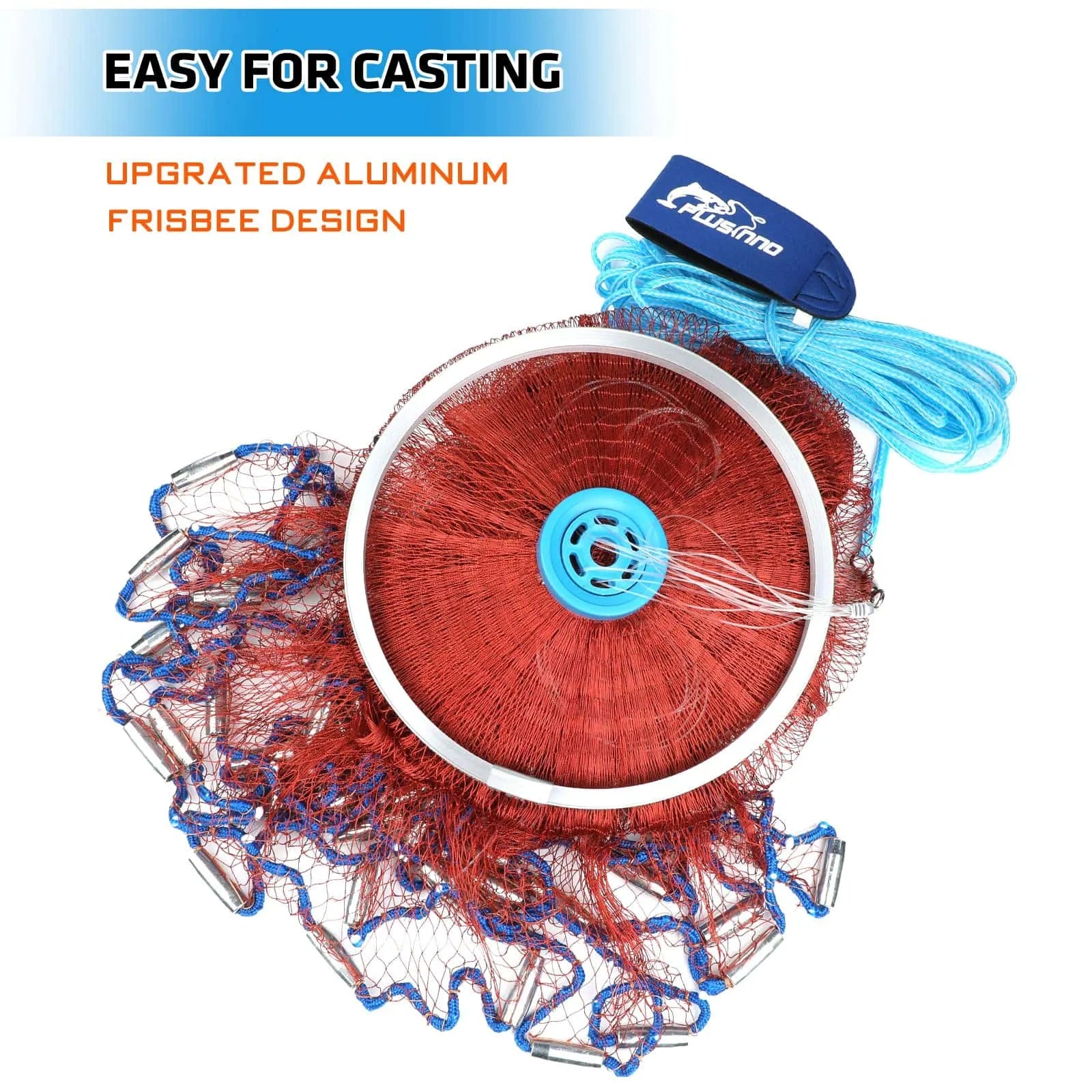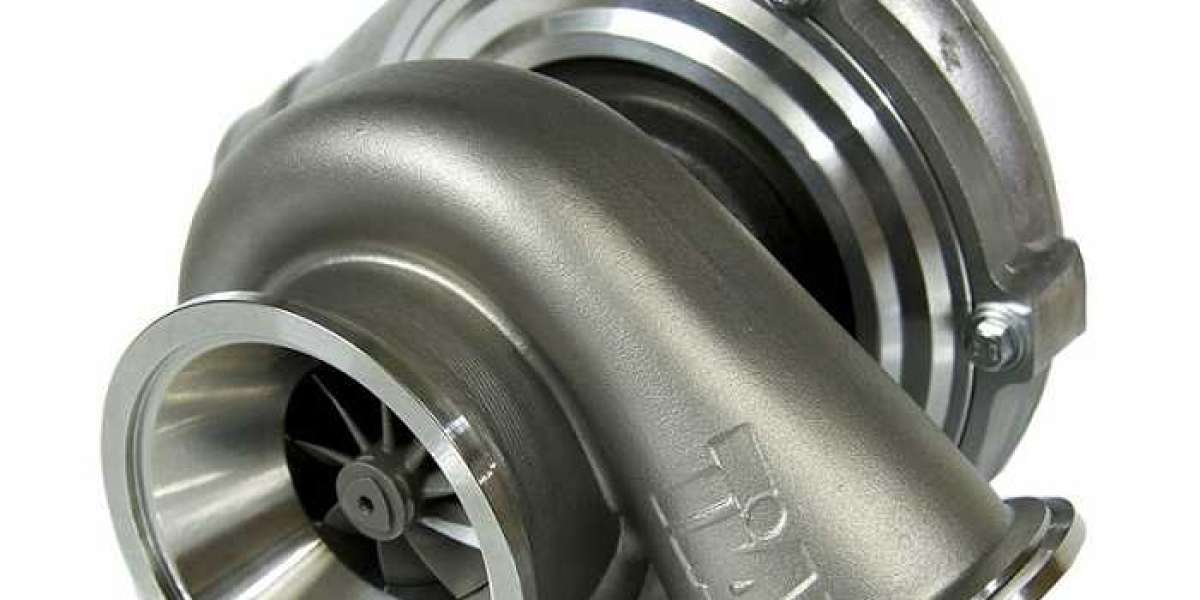Introduction
When it comes to it, there are many different approaches and viewpoints to consider cast net.Cast nets have been used for centuries by fishermen around the world to catch fish and other aquatic creatures. These nets are designed to be thrown or "cast" into the water, where they spread out and sink to trap fish within their mesh. In this article, we will explore the science behind cast nets and why they are such effective tools for fishing.

The Mechanics of Cast Nets
Understanding the mechanics of cast nets is crucial to comprehending their effectiveness. When a cast net is thrown, it opens up in a circular shape due to the weights attached to its edges. This circular shape allows the net to spread out and sink quickly, covering a larger area and increasing the chances of catching fish.
Once the net sinks, the weights at the edges pull the net down, creating a cone-like shape. This shape ensures that the fish are trapped within the net as it is pulled back towards the fisherman. The mesh size of the net is also important, as it determines the size of the fish that can be caught. Smaller mesh sizes are used to catch smaller fish, while larger mesh sizes are used for larger fish.
The Science Behind the Effectiveness
Cast nets are highly effective due to several scientific principles at play. One of these principles is the concept of hydrodynamics, which is the study of how fluids, such as water, move and interact with objects. When a cast net is thrown, the water resistance and drag forces help to spread the net open and sink it quickly.
Another important factor is the visibility of the net. Cast nets are typically made from monofilament or multifilament materials that are nearly invisible underwater. This allows the net to blend in with the surroundings, making it less likely to scare away fish. The stealthy nature of cast nets increases their effectiveness in catching fish.
Examples of Cast Net Effectiveness
To better understand the effectiveness of cast nets, let's consider a few examples. In shallow waters, such as rivers or ponds, cast nets can be thrown near the shore to catch fish hiding in the vegetation or rocks. The quick sinking and spreading action of the net ensures that a larger area is covered, increasing the chances of catching fish.
In deeper waters, such as the open ocean, cast nets can be used to catch schools of fish that are swimming near the surface. By throwing the net over the school of fish, the fisherman can quickly and efficiently catch a large number of fish in a single cast. This makes cast nets a popular choice for commercial fishermen.
Conclusion
Understanding the science behind cast nets is essential for appreciating their effectiveness as fishing tools. The mechanics of cast nets, combined with principles of hydrodynamics and stealth, make them highly efficient at catching fish. Whether you are a recreational angler or a professional fisherman, cast nets can greatly enhance your fishing experience.
Additional Resources
For more information on the science behind cast nets and their effectiveness, please visit the following credible websites:









